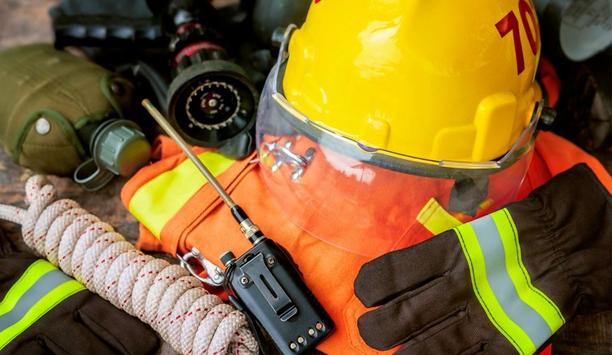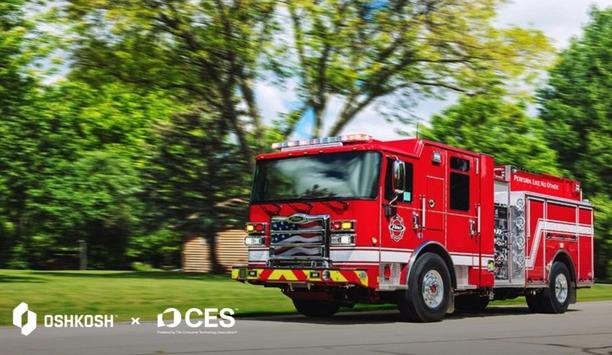Protecting one of the most famous historical documents in Britain, ExGo met the requirements for an EN54 part 13 approved solution ensuring the ultimate reliability of the system. ExGo’s built-in override was also an attractive proposition for the end-user, providing the confidence that untrained staff could still operate the panel in the event of a fire.
ExGo offered the 11th-century castle the functionality and reassurance required to meet its criteria for the highest levels of protection, whilst ensuring the safety and preservation of this 800-year-old constitutional artifact.
Modes Of Use
Gas suppression systems offer two different modes of use – automatic or manual control. In automatic mode, the system can operate without human intervention to deal with a fire before anyone is even aware of an issue. This mode of operation is particularly beneficial for isolated or unmanned sites.
However, some solutions also offer a degree of manual control. Manual mode enables full control of the system, proving useful in scenarios where an end-user wants to reduce the risk of costly false alarms. When repair or maintenance work of a protected area is being undertaken, or if detection with high sensitivity such as aspirating smoke detectors are in effect, manual mode functionality can be useful in reducing the likelihood of a gas suppression system being triggered and releasing costly suppressant into the protected environment unnecessarily.
Functionality
Manual mode functionality can specify how a system will work or react when certain events occur A solution with manual mode functionality can also be highly advantageous to users who want to specify how a system will work or react when certain events occur. This is particularly apparent with integrated solutions, capable of transmitting command signals from one system to another.
For example, in a data center environment, all doors and windows will need to be sealed, in order for any release of gas to be effective at preventing the spread of a fire. If the server room doors are left open, the building’s access control will register a fault. This can be reported to the BMS, which in turn communicates with the gas suppression system to enter manual mode until the doors are once again closed and the room sealed.
Flexibility In Control Options
To cover these eventualities, ExGo from Advanced was developed with enhanced functionality in mind. The main panel is complemented by a range of repeaters so that system status can be seen inside and outside a protected area. In addition, ‘hold’ and ‘abort’ buttons allow the gas release to be paused or canceled on visual confirmation of the area.
This flexibility in control options and devices, including automatic/manual switching, is an important additional safeguard for minimizing the possibility of accidental/unwanted suppressant release and ensuring the effectiveness of the protection measures.















